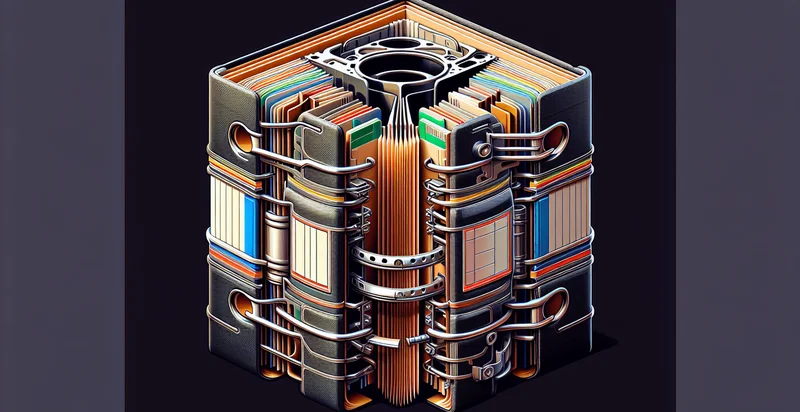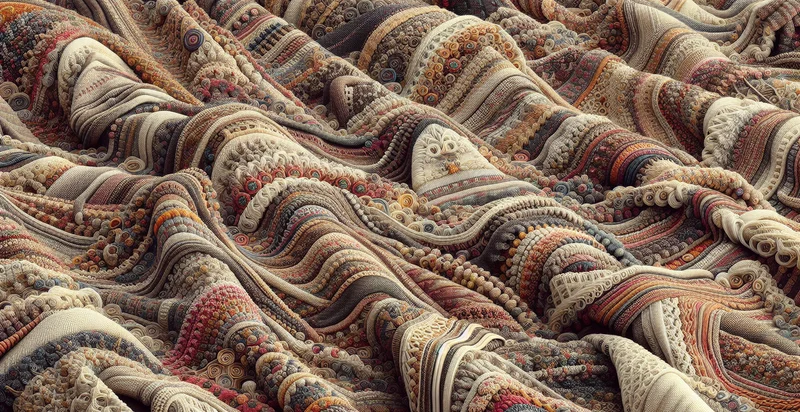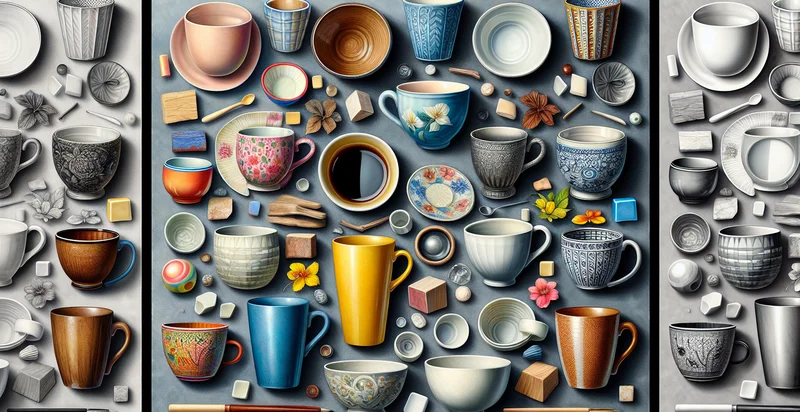Identify what material a binder is made from
using AI
Below is a free classifier to identify what material a binder is made from. Just upload your image, and our AI will predict what material a binder is made from - in just seconds.

Contact us for API access
Or, use Nyckel to build highly-accurate custom classifiers in just minutes. No PhD required.
Get started
import nyckel
credentials = nyckel.Credentials("YOUR_CLIENT_ID", "YOUR_CLIENT_SECRET")
nyckel.invoke("what-material-a-binder-is-made-from", "your_image_url", credentials)
fetch('https://www.nyckel.com/v1/functions/what-material-a-binder-is-made-from/invoke', {
method: 'POST',
headers: {
'Authorization': 'Bearer ' + 'YOUR_BEARER_TOKEN',
'Content-Type': 'application/json',
},
body: JSON.stringify(
{"data": "your_image_url"}
)
})
.then(response => response.json())
.then(data => console.log(data));
curl -X POST \
-H "Content-Type: application/json" \
-H "Authorization: Bearer YOUR_BEARER_TOKEN" \
-d '{"data": "your_image_url"}' \
https://www.nyckel.com/v1/functions/what-material-a-binder-is-made-from/invoke
How this classifier works
To start, upload your image. Our AI tool will then predict what material a binder is made from.
This pretrained image model uses a Nyckel-created dataset and has 16 labels, including Biodegradable Material, Cardboard, Ceramic, Composite, Fabric, Foam, Glass, Leather, Metal and Paper.
We'll also show a confidence score (the higher the number, the more confident the AI model is around what material a binder is made from).
Whether you're just curious or building what material a binder is made from detection into your application, we hope our classifier proves helpful.
Related Classifiers
Need to identify what material a binder is made from at scale?
Get API or Zapier access to this classifier for free. It's perfect for:
- Material Quality Control: This use case involves utilizing the false image classification function to ensure that binders in manufacturing processes are made from the correct materials. By automatically identifying the material composition, manufacturers can reduce the risk of defects and enhance product consistency.
- Eco-Friendly Material Sourcing: Companies can leverage this function to identify whether binders are made from sustainable or recyclable materials. This assists businesses in promoting their green initiatives and meeting regulatory requirements for eco-friendly products.
- Competitive Product Analysis: Market researchers can apply the image classification function to analyze competitors’ binders and determine their material composition. This insight enables companies to innovate and improve their own product designs based on market trends.
- Compliance Verification: Regulatory bodies can use the image classification tool to verify that binders comply with safety and material regulations. This automated process ensures that manufacturers adhere to industry standards and reduces the likelihood of legal issues.
- Custom Binder Recommendations: Businesses in various industries can use this function to tailor product offerings based on specific material requirements. By identifying the materials used in binders, companies can recommend alternatives that better fit customer needs or budget constraints.
- Inventory Management: Inventory managers can implement the classification function to quickly assess the materials of binders in stock. This functionality helps streamline inventory tracking and ensures accurate records of material types available for production or sale.
- Repair and Replacement Services: Service centers can utilize image classification to determine the composition of binders in need of repair or replacement. This enables faster service responses and ensures that customers receive the correct material replacements, improving customer satisfaction.


